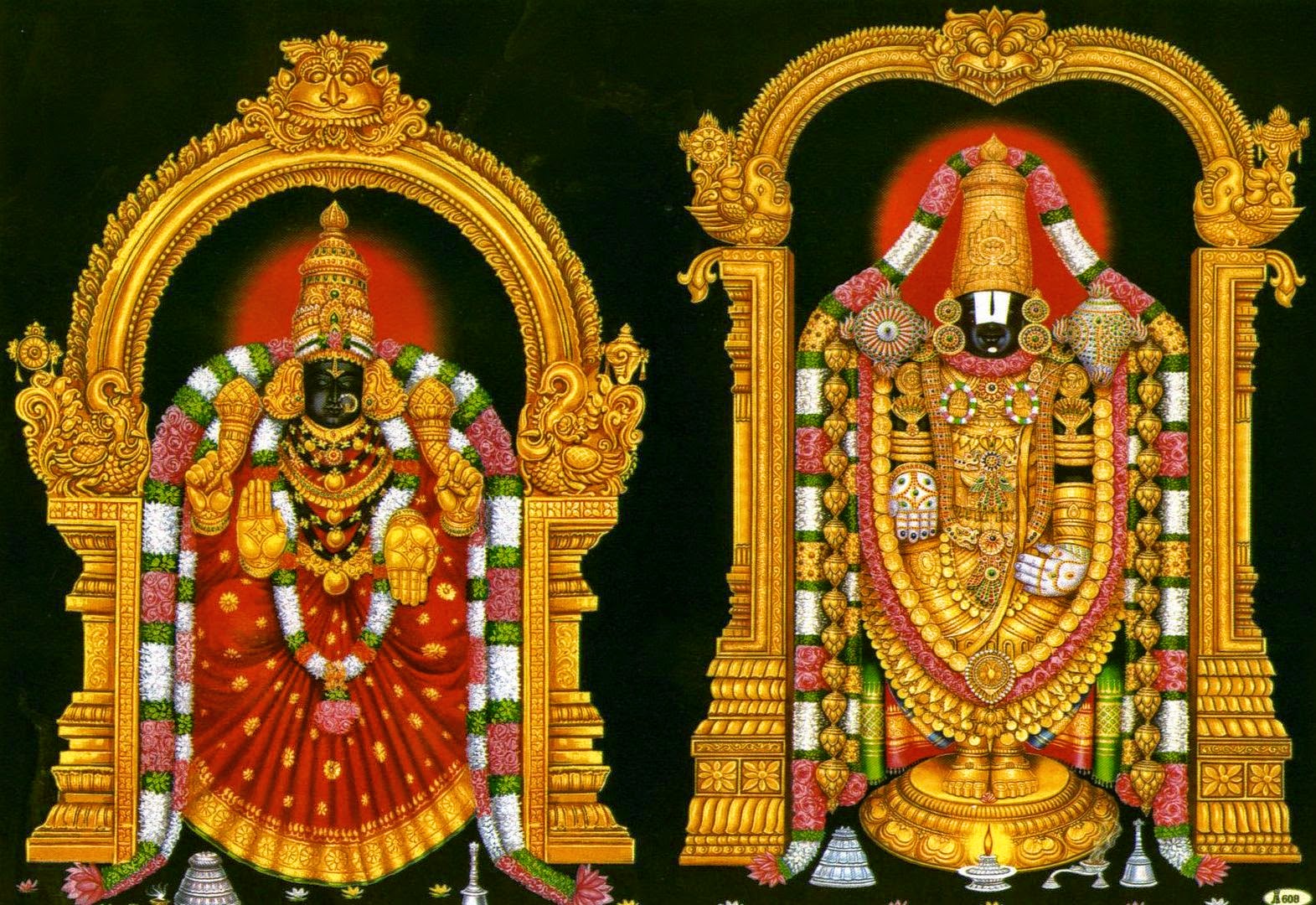Srimad Bhagavadgeeta : Ch-13. Slo-34.
Wednesday, August 27, 2014.
Srimad Bhagavadgeeta :
Chapter-13.( Kshetra-kshetrajna-vibhaga-yogam)
Slokam-34.
Yatha prakasayatyekah krutsanam lokamitam ravih,
Kshetram kshetri tatha krutsanam prakasayati bharata.
Bharata! ekah ravih = Arjuna, the one only Sun,
Yatha prakasayati, tatha = (As) shines,
Krutsanam imam lokam = The whole world,
Kshatri krutsanam kshetram prakasayati = Atma, shines all bodies.
Like one sun illumining the whole world, so does the soul within this body similarly illumine all, Arjuna.
Like the one sun that illuminates all the world, this one soul within this body illumines all and everything, Arjuna.
Arjuna, as the sun alone illuminates all this universe, so does the living entity, one within the body, illuminate the entire body by consciousness.
There are various theories regarding consciousness. Here in Bhagavad-gita the example of the sun and the sunshine is given. As the sun is situated in one place, but is illuminating the whole universe, so a small particle of spirit soul, although situated in the heart of this body, is illuminating the whole body by consciousness. Thus consciousness is the proof of the presence of the soul, as sunshine or light is the proof of the presence of the sun.
When the soul is present in the body, there is consciousness all over the body, and as soon as the soul has passed from the body, there is no more consciousness. This can be easily understood by any intelligent man. Therefore consciousness is not a production of the combinations of matter. It is the symptom of the living entity. The consciousness of the living entity, although qualitatively one with the supreme consciousness, is not supreme because the consciousness of one particular body does not share that of another body. But the Supersoul, which is situated in all bodies as the friend of the individual soul, is conscious of all bodies. That is the difference between supreme consciousness and individual consciousness.
By the example of ether in the previous verse the atma or immortal soul was shown to be impervious to situation of the physical body. Now Lord Krishna gives the analogy of the sun illuminating the whole universe as in the same way that paramatma the one Supreme Soul illuminates all individual souls and each individual atma illuminates with consciousness the entire physical body of the jiva or embodied being but is not affected by the properties or activities of the body
Another analogy is utilized by Lord Krishna in how the sun is able to solely illuminate the entire universe. In the same way does paramatma or the Supreme Soul illuminate all the atmas or immortal souls in creation and then each individual atma illuminates with consciousness the tabernacle of the physical body of every jiva or embodied being in which it inhabits in that lifetime. This consciousness exists completely throughout the physical body surrounding it as well to some degree and definitively thinks that the physical body is its ksetra or field of activity. It should be understood that just as the sun in its capacity of illumination differs from the universe it illuminates. In the same way it should be understood that paramatma is supremely different from all individual atmas even though it illuminates them all with consciousness and in the same manner it should be understood that the localized atma is uniquely different from its ksetra of the body.
It may be even further postulated that paramatma the all pervading Supreme Soul may be existing equally in the atmas or individual immortal souls of all jivas or embodied beings as was previously alluded to regarding the ether. That can be accepted fully as both the atma and paramatma are eternally spiritual; but for the atma to be like ether throughout the physical body denotes its omnipresence and thus it is exposed to the pain and pleasure, joy and despair which the physical body experiences. Also by what criteria is an atma to be measured. Would the atma of a human be too big for an ant and if subsequently an ant would have to take birth as an elephant would its atma be too small? Yet again if it is to be accepted that the atma is sub-atomic in size how will it be possible to experience pleasure and pain as well as complete body luminosity because as the Vedic scriptures confirm it is residing in the etheric heart of all jivas?
To alleviate all these doubts and misconceptions, Lord Krishna the analogy that as a single sun is able to prakasyati or illuminate an entire universe; in the same way from within the etheric heart the atma is able to illuminate the entire physical body by the medium of consciousness. The atma is neither omnipresent nor modifiable in size not because of the questions previously posed but because of the verdict of the Vedic scriptures. The Mundaka Upanisad III.I.IX beginning eso anuratma cetasa veditavyo states: The soul is infinitesimal in size and is realised directly by the mind which has neutralised completely all effects and influences of the five senses which reveals the enlightenment of the soul. In the Svetasvatara Upanisad V.VIII beginning balagrashata bhagasya states: The atma is known to be as subtle as 100th part the size of the tip of a hair that again was divided into a 100th parts which equals 1/10,000 the tip of a hair. The Prashna Upanisad III.VI beginning hrdi hyesha atma states: The atma resides in the heart where there are 101 nadis or nerves and for each nadi there are 100 sub-nadis and each of these sub-nadis has 72,000 subordinate nadis. The Vedanta Sutra II.III.XXIV beginning gunadva lokavat states: The atma although residing in the heart by its quality of consciousness illuminates the physical body as a light illuminates a room. So from all these relevant examples given in the Vedic scriptures all discrepancies are dispelled. .




Comments